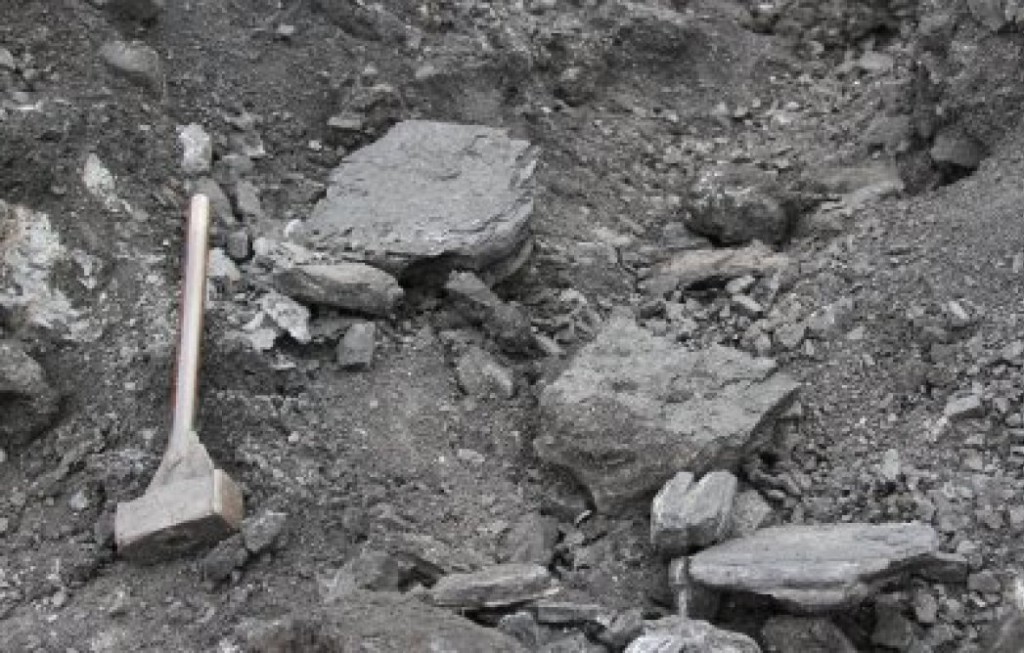ASTANA – A methane production project has been launched in the Karaganda coal basin that will help supply gas to the Astana and Karaganda region and in the process alleviate many of those regions’ social and economic problems .
 The Saryarka Social-Entrepreneurial Corporation and KazTransGas signed the Sherubai-Nurinsky coal deposit exploration working agreement on April 5, according to Tengrinews. Under the agreement, Saryarka will provide the exploration and KazTransGas will provide the financing.
The Saryarka Social-Entrepreneurial Corporation and KazTransGas signed the Sherubai-Nurinsky coal deposit exploration working agreement on April 5, according to Tengrinews. Under the agreement, Saryarka will provide the exploration and KazTransGas will provide the financing.
Astana needs 1.1 billion cubic metres of gas. Six hundred million cubic metres of gas are used by its three thermoelectric power stations to produce energy and 500 million is needed for household consumption.
As of today, the Karaganda region requires approximately 1-1.5 billion cubic metres of gas per year. Of that, 30 percent is required by the region and 70 percent by its industry.
According to preliminary information, possible resources of methane in the Sherubai-Nurinsky coal-bearing area amount to approximately 50 billion cubic metres. It is enough to supply gas in the region for 20 years. It is planned that prospecting work will be finished in 2015-2017. If the results are good, gas production will be started.
Saryarka Social-Entrepreneurial Corporation is a national company established to develop the Karaganda region’s economy and public-private partnership.
KazTransGas is also a national company developing the gas sector, providing a reliable and safe gas supply, revenue from gas exports, transit, processing and sales.
Coalbed methane is an innovative direction in hydrocarbon production and a non-traditional energy source considered an alternative component of Kazakhstan’s fuel and energy base. The study of this issue is important and in the future it may become an alternative option for the gasification of the central and northern regions of Kazakhstan, reported the KazTransGas press service.
Coalbed methane production was started in the beginning of the 1980s and was on the upswing during the last two decades. The largest CBM resource bases lie in the former Soviet Union, Canada, China, Australia and the U.S. However, much of the world’s CBM recovery potential remains untapped, as reported by the World Coal Association website.


